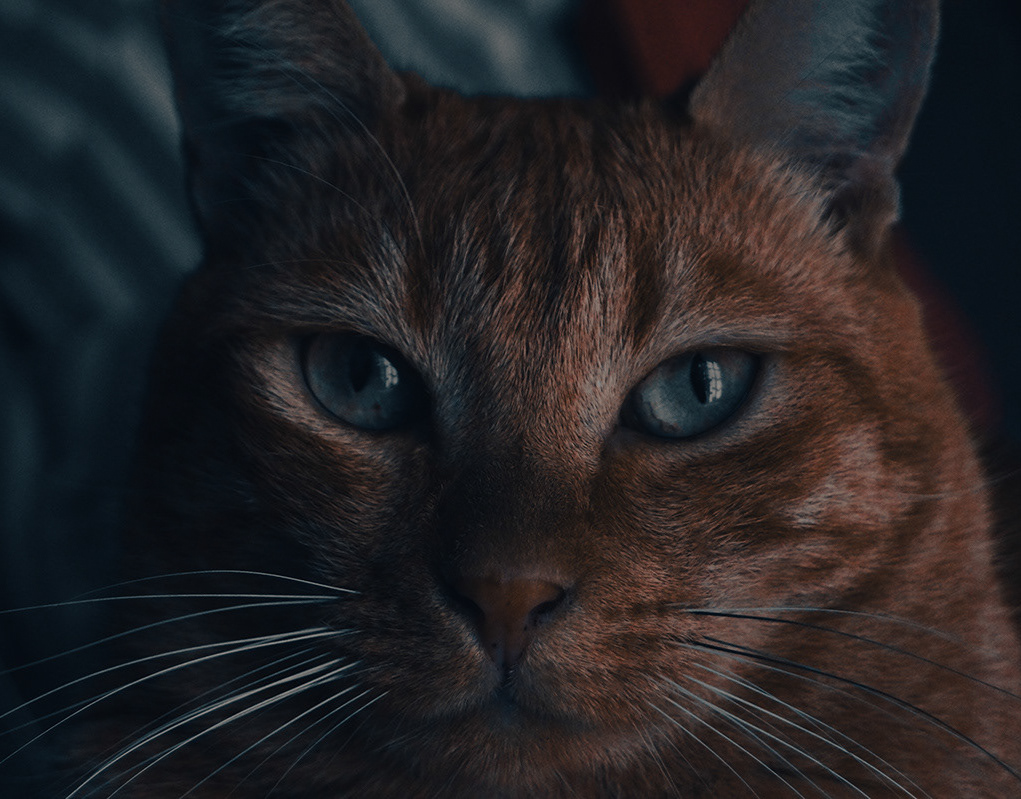In a digital world saturated with content, attention has become the most precious currency. As marketers, how do we earn it - authentically, emotionally and memorably?
One answer lies in a surprising place: cinema
Cinematic techniques - once the domain of filmmakers - are now being embraced by brands seeking to tell richer, more emotionally resonant stories. From narrative arcs to lighting, color grading to camera movement, these tools are transforming how audiences perceive and connect with brands.
Why Stories Matter More Than Ever
The power of storytelling in advertising isn’t new. But what’s changing is how we tell those stories. Theoretical models like Transportation Theory (Green & Brock, 2000) explain how immersive narratives can make audiences more receptive to brand messages, reducing resistance and increasing emotional engagement.
Similarly, Emotional Branding (Gobé, 2001) underscores the importance of forging deep, human connections - not just with what a product does, but with what it means.
When executed with cinematic finesse, advertisements cease to be interruptions. They may become experiences.Apple’s “The Underdogs” short films are prime examples of cinematic advertising done right. With compelling characters, a classic hero's journey, humor, and dynamic camera work, Apple manages to humanize workplace tech in a way that feels like a sitcom-meets-Hollywood movie.
Cinematic Quality = Brand Credibility?
Research has shown that high production values - smart cinematography, compelling direction - can elevate a brand’s perceived credibility. We’ve seen this play out in industries like fashion, tech, and automotive, where mini-films have become the gold standard.
But polished doesn’t always mean powerful. Authenticity matters, especially for younger audiences who value rawness and realness. As marketers, our challenge is to strike the right balance - crafting cinematic content that still feels genuine.Nike’s “You Can’t Stop Us”, directed with split-screen precision, uses emotional visuals and real-world footage to build a narrative of resilience and inclusion. Despite its polish, it feels raw, relevant, and deeply human.
Color Isn’t Just Aesthetic - It’s Psychological
Color is another silent storyteller. From warm reds that energize to cool blues that calm, the psychological effects of color (Bellizzi & Hite, 1992; Elliot & Maier, 2014) are well documented.
What’s evolving now is how we apply color dynamically throughout a narrative - like a film does - to support emotional shifts and deepen storytelling.Gucci’s “Aria” campaign uses stark red lighting, deep contrast, and rich textures reminiscent of auteur cinema, reinforcing the brand’s identity as provocative, high-fashion, and artistic.
Can Smaller Brands Compete?
Absolutely! While big brands may have Hollywood-sized budgets, cinematic advertising isn’t about money - it’s about mindset.
With the right concept and creative discipline, SMEs can achieve cinematic impact using affordable tools and focused storytelling. The key is to prioritize emotional clarity over visual excess, and story over spectacle.Mailchimp’s “By the Books” series takes a lo-fi, narrative-driven approach to advertise its small-business tools, featuring docu-style vignettes with real entrepreneurs. It’s cinematic in tone—not budget—thanks to strong characters, tight storytelling, and intentional design.
From Messaging to Meaning
This shift toward cinematic advertising isn’t just a trend - it’s a strategic evolution. In an era of experiential marketing, emotionally charged content drives loyalty, not just awareness.We’re no longer selling products. We’re telling stories - stories that must resonate, reflect values, and build trust.
Final Frame
As someone working at the intersection of marketing, media, and storytelling, I believe that the brands that will lead in the next decade are those that master the language of film. They won’t just communicate - they’ll connect.
So whether you’re a marketer, creative director, or brand strategist: think like a filmmaker. Your audience isn’t just buying. They’re watching. Feeling. Remembering.




